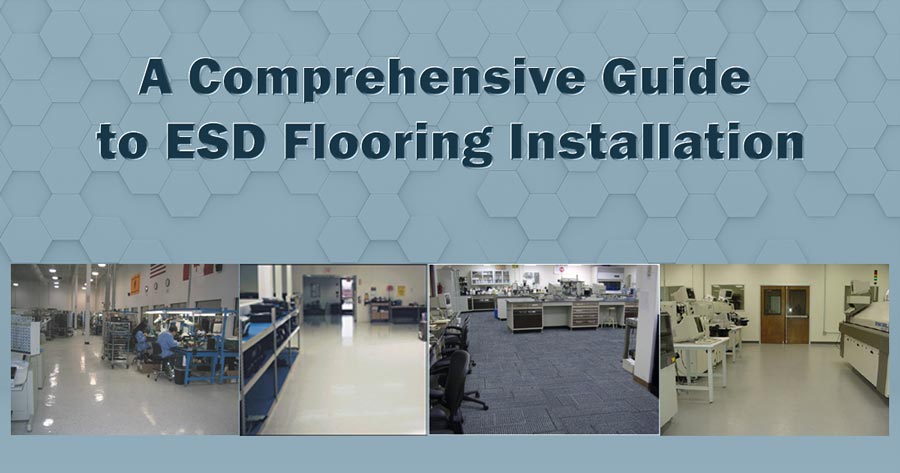A Comprehensive Guide to Electrostatic Discharge (ESD) Flooring Installation

The flooring you choose for your workspace can significantly impact its safety and functionality, especially in environments sensitive to static electricity such as electronics manufacturing, laboratories, and clean rooms. Installing the right electrostatic discharge (ESD) flooring is a crucial step towards safeguarding sensitive equipment and ensuring a safe working environment. As a leading supplier of industrial tools and supplies, Q Source understands the importance of making informed decisions about ESD flooring installation.
Understanding Your Workspace Needs
The first step in selecting the right ESD flooring is to thoroughly understand your specific workspace requirements. This means considering the nature of your operations, the level of static sensitivity, and the amount of foot traffic your floor will endure. Each of these factors will influence the type of ESD flooring that will best support your operations and long-term objectives.
The market offers a variety of ESD flooring materials, each designed to meet the unique demands of different work environments. Common materials include vinyl, rubber, epoxy, and carpet tiles. Here’s a closer look at these options:
- Vinyl: Known for its durability and ease of maintenance, vinyl is a popular choice for many industrial settings.
- Rubber: Offers excellent durability and comfort underfoot, ideal for areas with heavy foot traffic.
- Epoxy: Provides a seamless, easy-to-clean surface that is highly resistant to wear and tear.
- Carpet Tiles: Suitable for office areas within ESD-sensitive environments, combining aesthetic appeal with functionality.
Understanding the benefits and applications of each type of material is key to making an informed choice that aligns with your specific needs.
Installation Tips for Optimal Performance
Proper installation is critical to ensuring the effectiveness and longevity of your ESD flooring. Here are some best practices to follow:
- Prepare the Subfloor: Ensure the subfloor is clean, dry, and free of contaminants. Any irregularities can compromise the performance of the ESD flooring.
- Moisture Testing: Conduct moisture tests on the subfloor to prevent issues such as adhesive failure and bubbling.
- Use Compatible Adhesives: Choose adhesives that are compatible with your selected ESD flooring material and follow the manufacturer’s instructions for application.
- Grounding: Proper grounding is essential. Install grounding strips according to the flooring manufacturer’s guidelines to ensure effective ESD protection.
- Follow Manufacturer’s Guidelines: Each type of ESD flooring has specific installation requirements. Adhering to these guidelines is crucial for optimal performance.
Maintenance for Longevity and Compliance
Maintaining ESD flooring is essential to keep it effective and compliant with industry standards. Regular cleaning with ESD-safe solutions, periodic inspections, and routine resistance testing are key to maintaining the flooring’s protective properties. Promptly addressing any damage or wear ensures the longevity and reliability of your investment.
Conclusion
Selecting and installing the right ESD flooring is a pivotal decision that impacts the safety and efficiency of your workspace. By understanding your specific needs, choosing the appropriate materials, following best installation practices, and maintaining your flooring correctly, you can ensure a safe and effective work environment. At Q Source, we are committed to providing you with the expertise and products necessary to achieve operational excellence. Browse Q Source to learn more about our comprehensive range of industrial tools and supplies.

